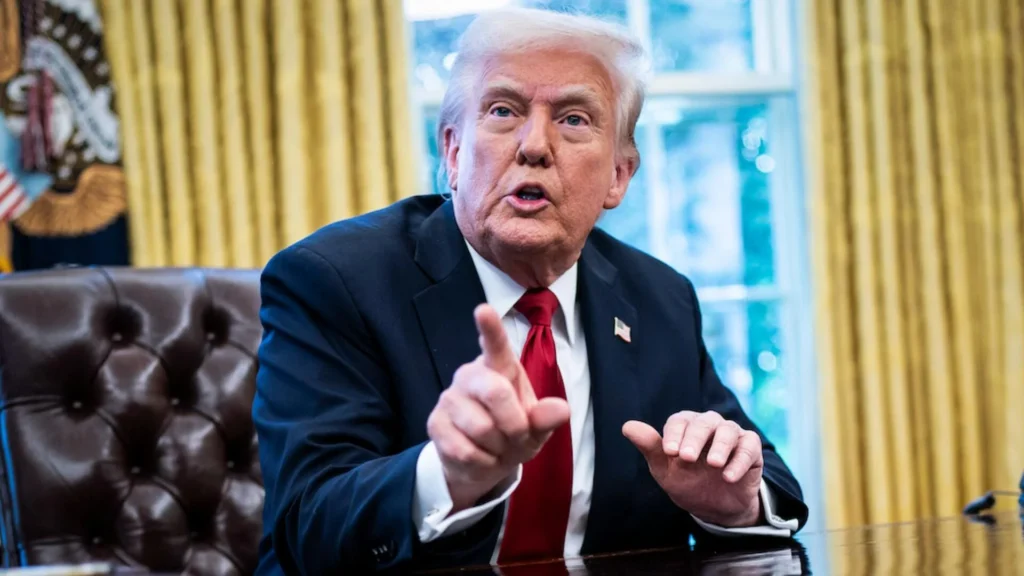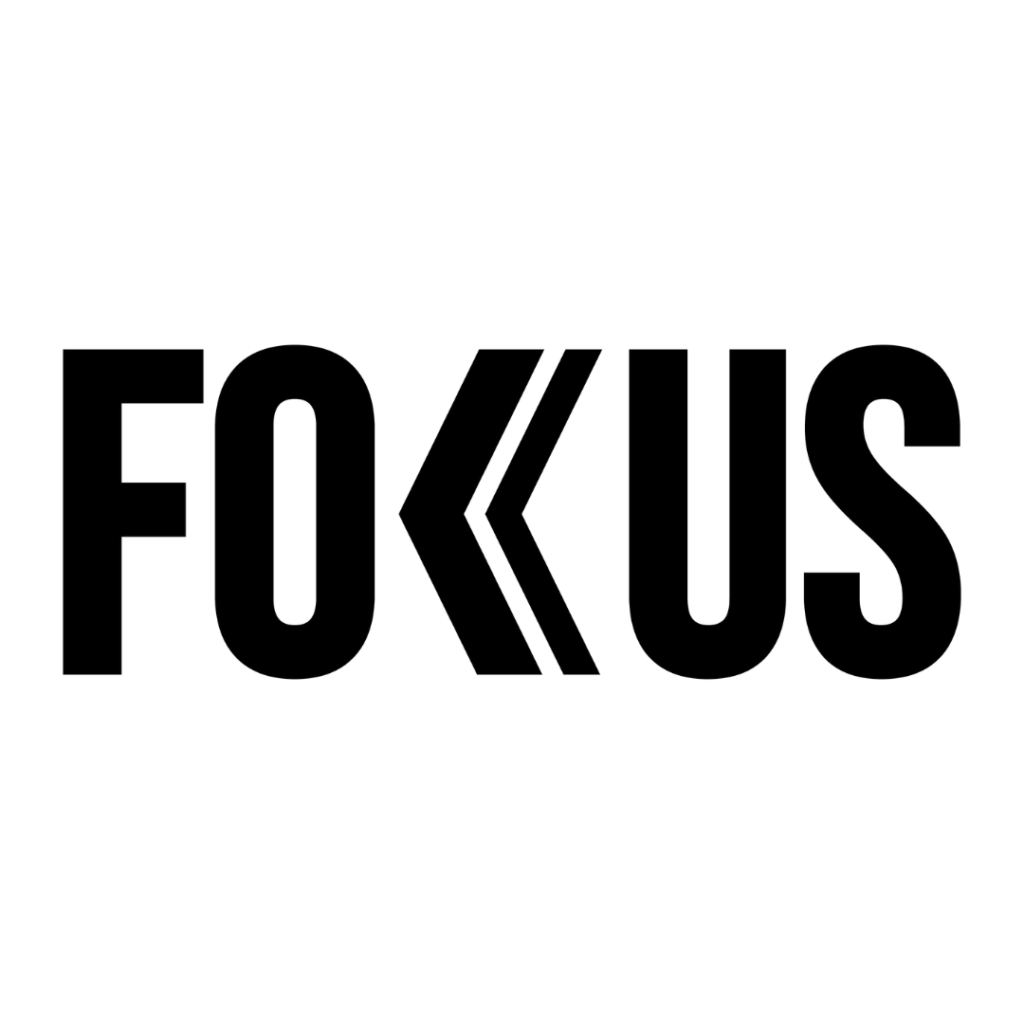The US economy contracted by 0.5% annualized from January to March 2025, marking its first drop in three years. The steep fall deeper than the earlier 0.2% estimate came as businesses and consumers rushed to import goods ahead of new tariffs under President Trump’s trade agenda.
Surge in Imports and Weak Domestic Demand in US Economy
Imports ballooned nearly 38%, subtracting almost 4.7 percentage points from GDP. Simultaneously, consumer spending slowed dramatically, growing just 0.5% versus 4% in the previous quarter. Federal government spending fell 4.6%, its biggest drop since 2022.
Analysts attribute the downturn largely to tariff-driven distortions. Companies stockpiled goods before tariffs hit, inflating imports and distorting economic activity. Core domestic demand excluding trade and inventory swings remained relatively healthy, growing 1.9%.
Outlook and Market Implications
Economists expect a rebound in Q2, projecting growth around 3% as import surges recede. Still, concerns grow over ongoing trade tensions. High inflation, volatile stock markets, and upstream economic uncertainty are putting pressure on policy makers .
Conference Board consumer confidence fell to 93 in June, below the recession warning level of 80. Short-term expectations plunged to 69, signaling mounting household caution.
The Federal Reserve and Treasury continue to monitor risks tied to tariffs and slowing growth. While Q2 may bring relief, uncertainty remains as trade policy and inflation dynamics evolve.





















